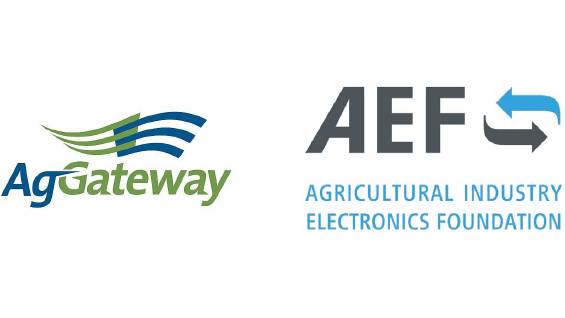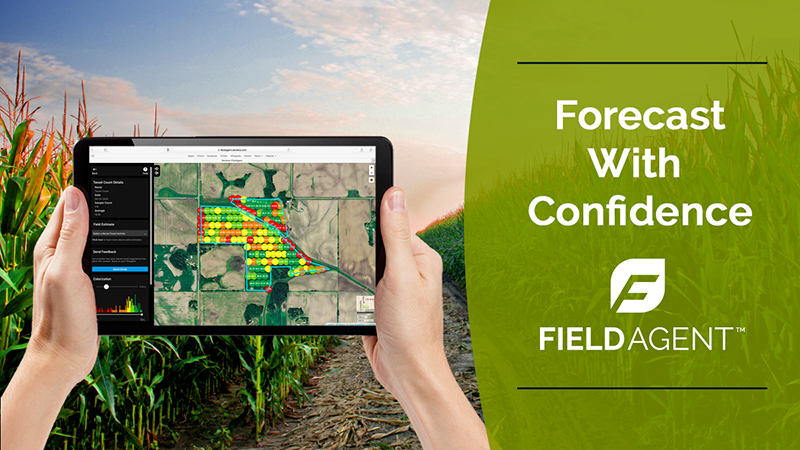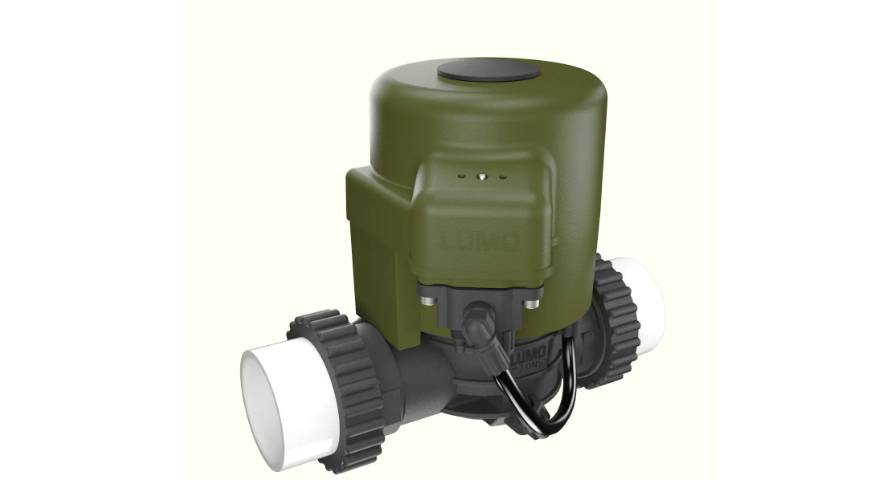Iowa Nitrogen Initiative to Bring More Precision to Fertilizer Rates
Despite incentives to use just the right amount of nitrogen fertilizer on corn fields, official recommendations are broad and ideal rates vary widely, according to Future Farming. A state-funded Iowa State University research project is collecting data from trials across Iowa – mostly from fields of participating volunteer farmers – to build models that offer far more granular guidance
When Michael Castellano tells people there are billions of different variations of farmer decisions and environmental conditions that can affect how much nitrogen fertilizer is just enough for a plot of corn, he’s occasionally chided for embellishing. Really? Billions?
“They’ll say, ‘Mike we get that it’s complex. You don’t need to exaggerate.’ But I’m not exaggerating. When you do the math, it’s literally billions of possible combinations of hybrid varieties, management practices, weather and other variables,” said Castellano, the William T. Frankenberger Professor of Soil Science and an Iowa State University professor of agronomy.
Despite incentives to use just the right amount of nitrogen fertilizer on corn fields, current official recommendations are broad and ideal rates can vary widely from field to field and year to year. A research team led by Castellano and his ISU colleague Sotirios Archontoulis, Pioneer Hi-Bred Agronomy Professor, is collecting data from trials across Iowa – mostly in fields of participating volunteer farmers – to build models that offer far more granular guidance.
MORE BY FUTURE FARMING
The Iowa Nitrogen Initiative is running 270 on-farm trials this year across 72 different private farming operations. That’s a 400% increase in trials from the project’s first year in 2022. The ultimate goal is 500 trials per year.
To participate, farmers need access to two increasingly common precision ag technologies: variable rate fertilizer application and GPS-based yield monitoring. Using historical yield data to choose spots expected to behave differently, project partner Premier Crop Systems designs a trial in a small area of a field, usually about five acres. Sections within the trial area are assigned varying nitrogen rates, from none up to 200 pounds per acre, and farmers provide the yield data to the research team after harvest. Participants are compensated for the loss of yield on land that receives no nitrogen.
Read more at Future Farming.
https://www.futurefarming.com/









